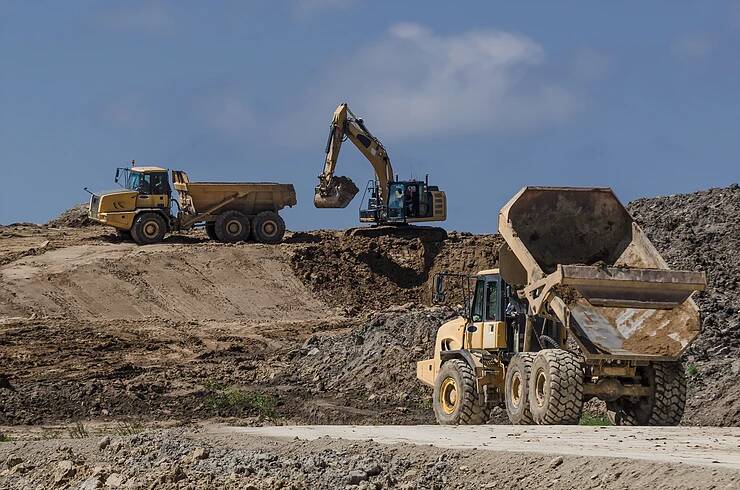The two ways of tracking change on a construction project are the responsive method and the determinate method. It’s important to understand the difference between the two and choose the best solution for your construction site. First, lets define these two methods and understand the difference between them.
Determinate Progress Monitoring means that we define an area in which we are looking for change. A great example is tracking stockpiles in a gravel-pit. A stockpile can be constrained by a polygon boundary and pre-defined material type, say 25mm washed rock. Any volumetric change over time within the polygon is automatically reported.

Responsive Monitoring is dynamic. It’s fundamental assumption is that progress location and material type are constantly evolving. Yesterday an area was stripped of topsoil, but today clay has been excavated from the same area. Same location, but two different types of progress, each with different contract unit rates of pay. To complicate matters further immediately adjacent to our hypothetical area a different activity happened on both days.

In your construction experience, I’m sure you’ve seen situations much more complicated than described above. We believe the best way to monitor progress is to detect where change has occurred and only measure relevant change. Perhaps the change is snow accumulation, temporary buildings or equipment. None of which impact quantity reports and should be ignored. It takes an operator on site to determine if its a snow pile or a topsoil pile that has a little snow on it! Empowering on site teams to validate change has proven to be the most accurate way of quantity tracking.
Both Determinate and Responsive approaches have merit and should be considered depending on the project type. The determinate method works really well for aggregates or long term projects, where construction activities remain in the same 2D area and the material type remains consistent.
If you determine that the Responsive approach is best suited to your project, then use Civil Tracker. Civil Tracker is the only solution to implement responsive progress monitoring with drone data. The example image below shows a construction site with topsoil stripping areas, topsoil piles, temporary windrows, burn piles, snow accumulation and vehicles, spread throughout the construction area. Civil Tracker is the only solution to implement responsive progress monitoring with drone data.
Civil Tracker is the only solution to implement responsive progress monitoring with drone data.

Determinate methodologies would never work for a dynamic construction environment. With Civil Tracker the user responds to the site operations and tracks the topsoil stripping areas and the topsoil piles, while easily filtering out the burn piles, vehicles and temporary windrows. This functionality is essential to accurate and timely reporting.